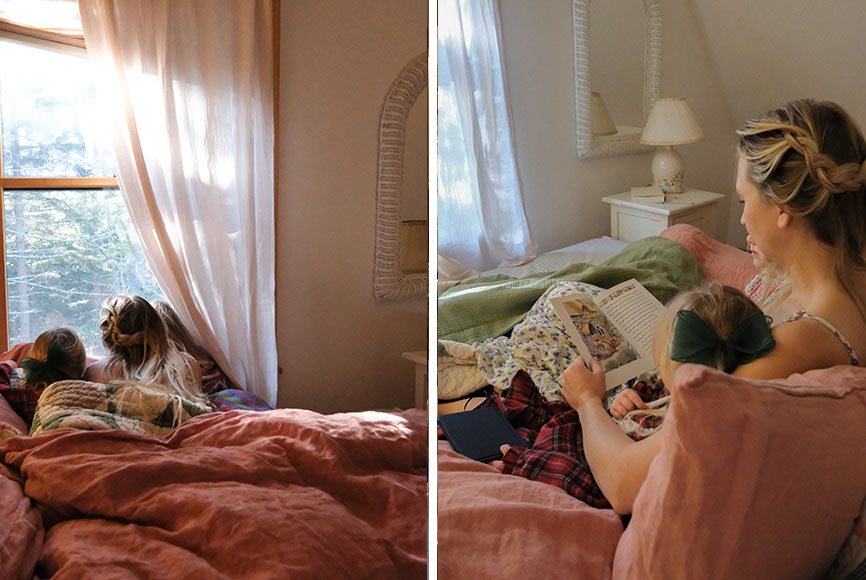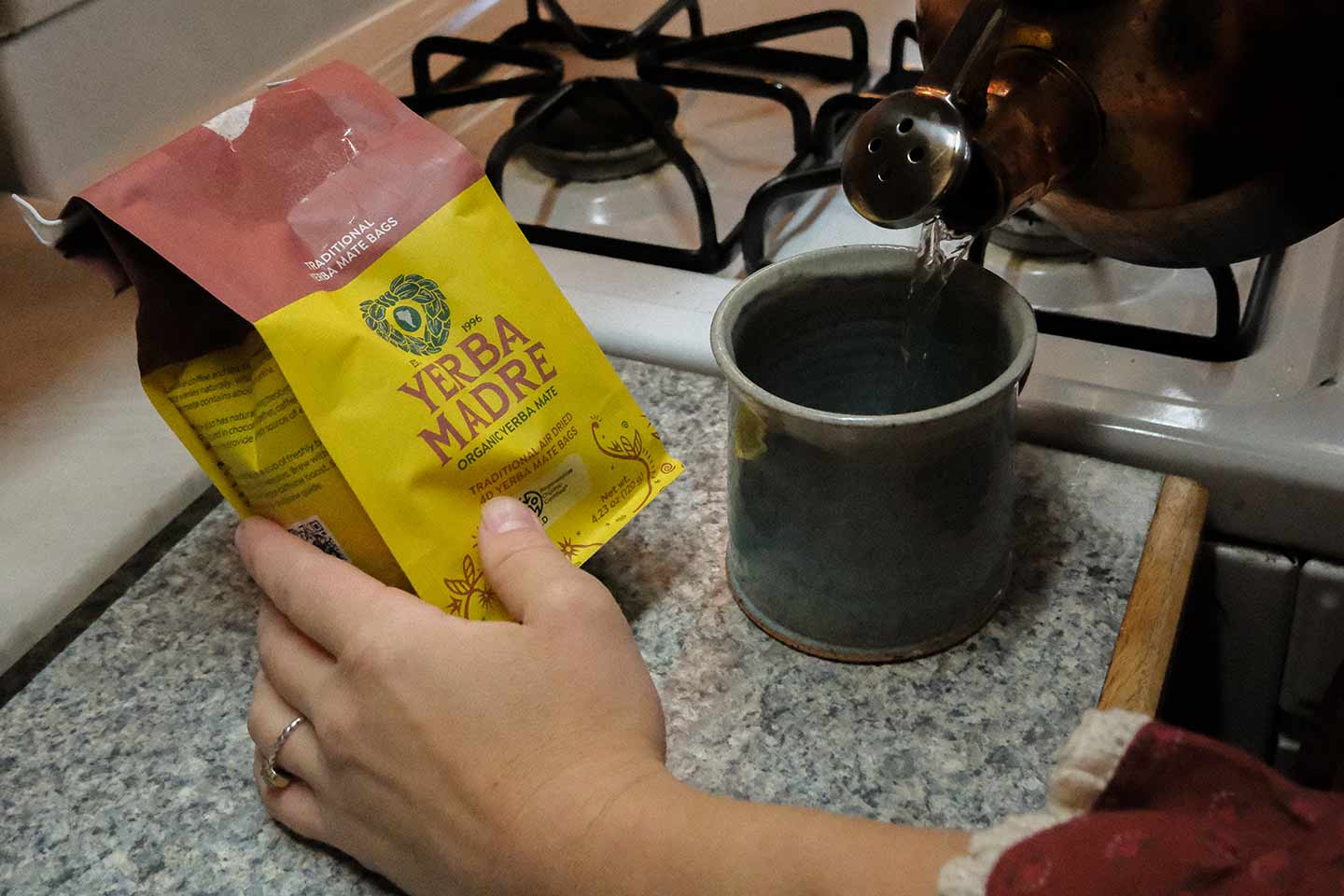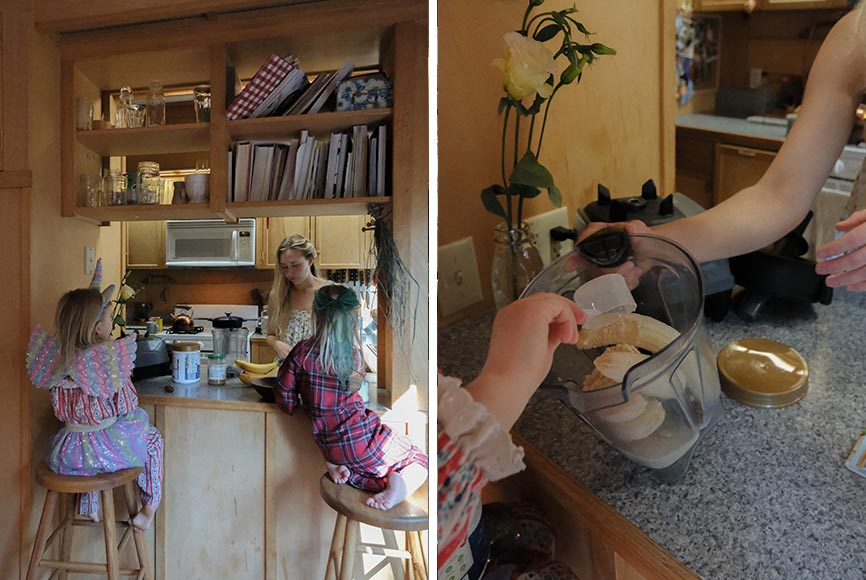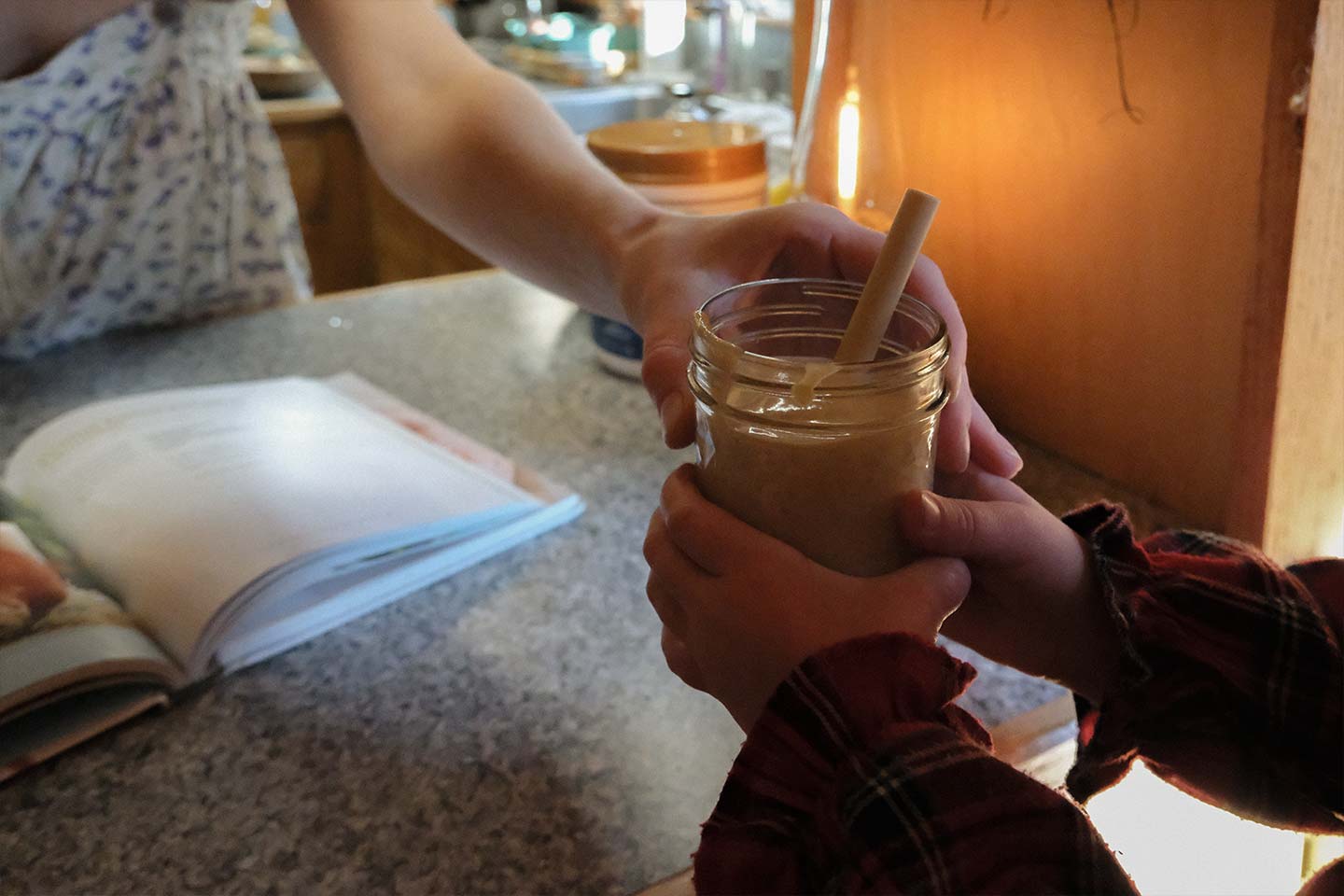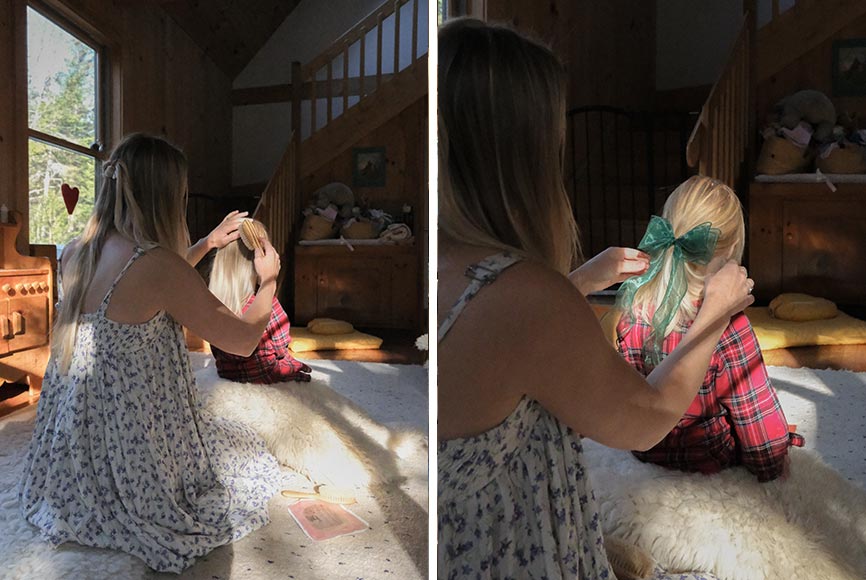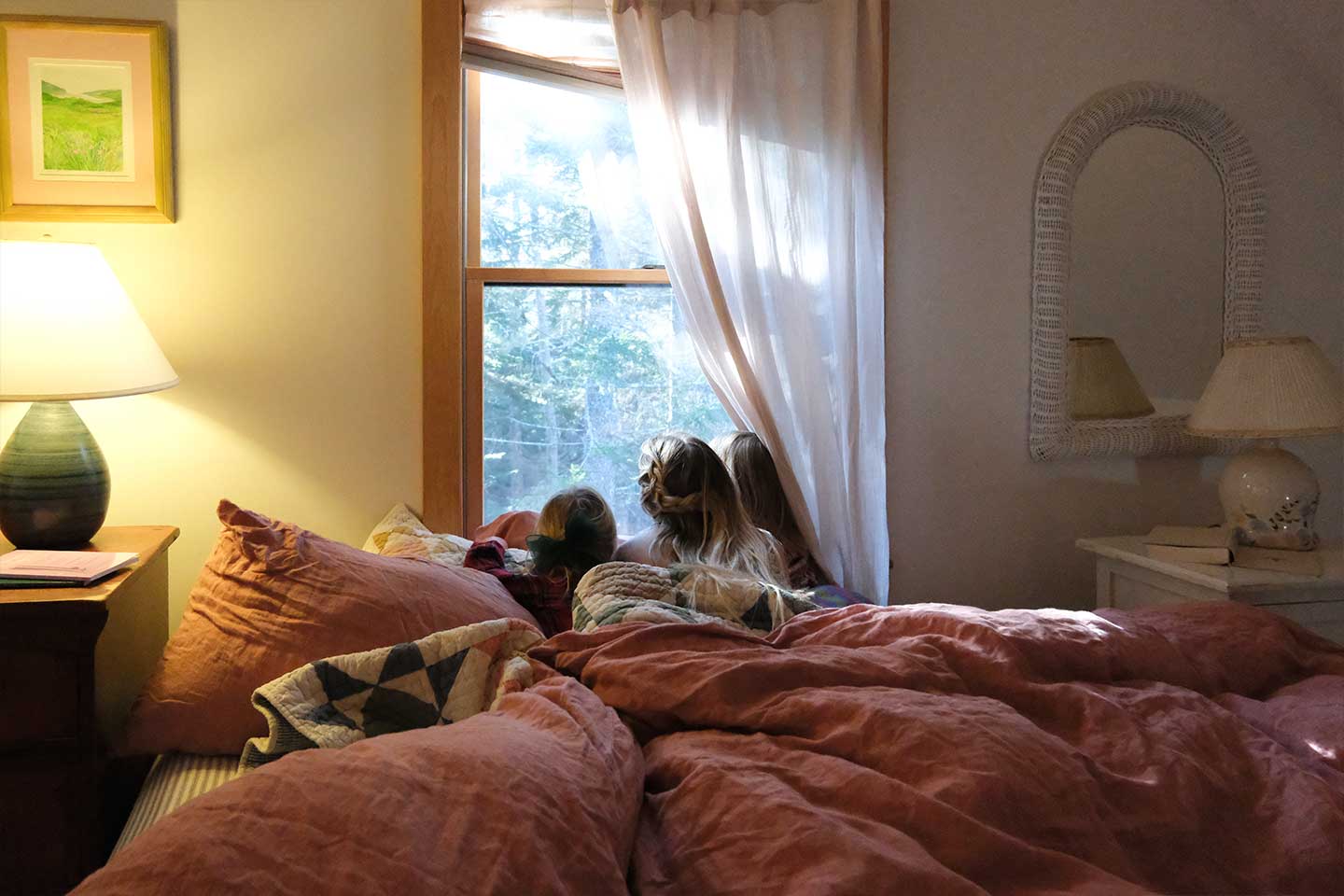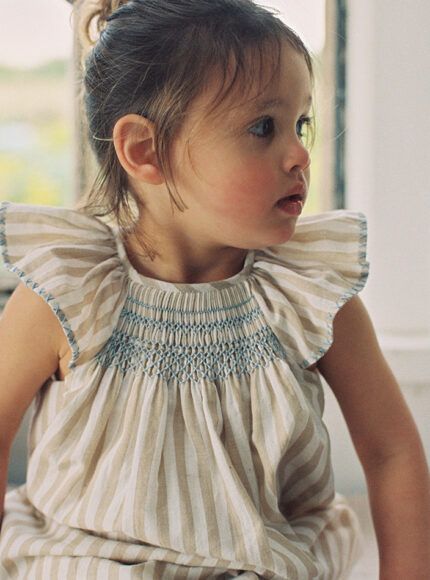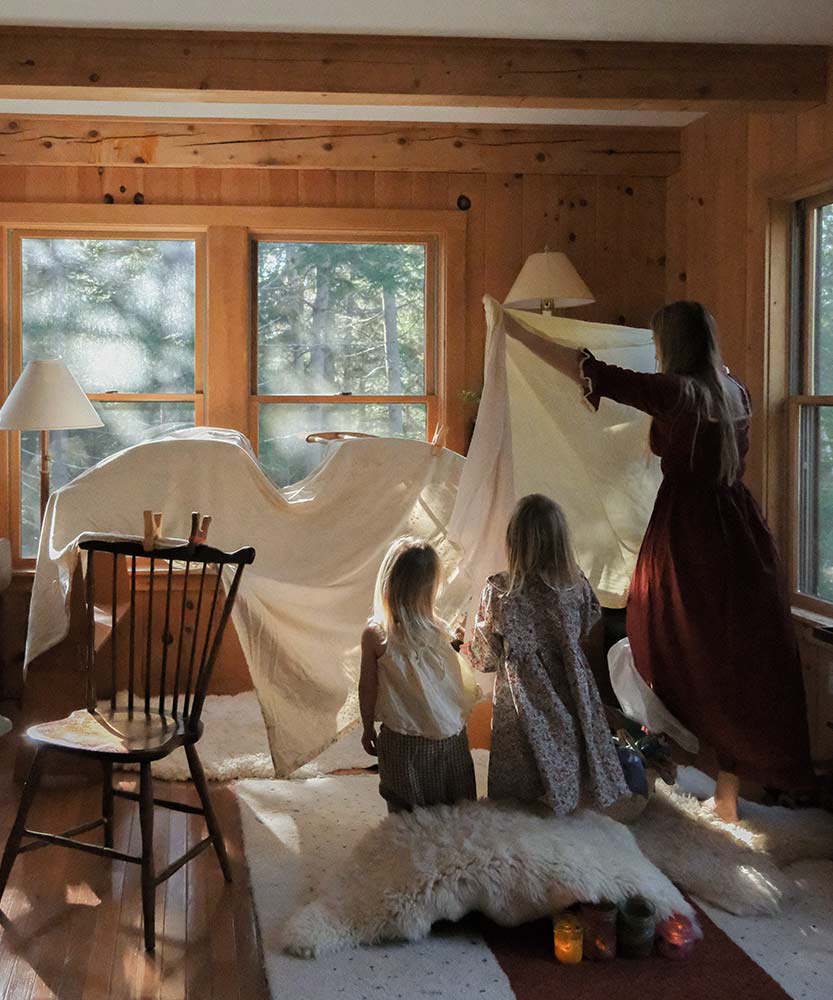

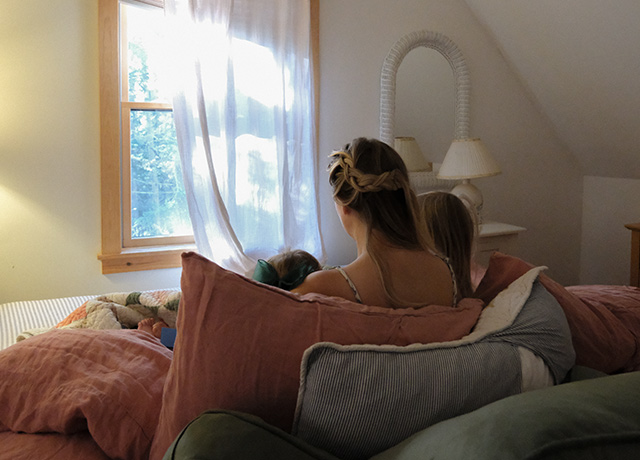

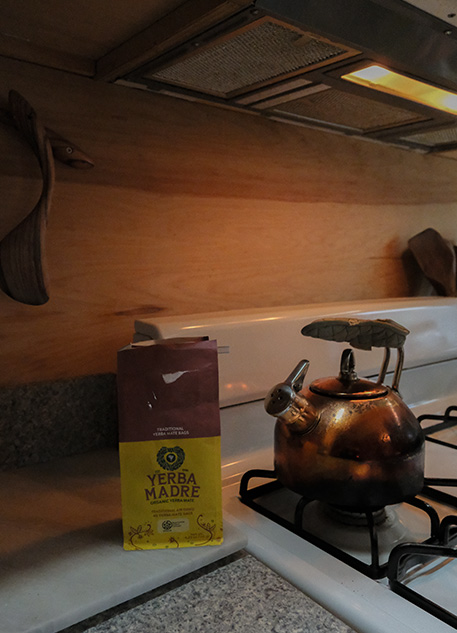

Parenting & Baby
Mindfulness Activities for Kids: Starting the Day in Balance
Mindfulness for kids isn’t just about quiet time—it’s about helping children build emotional balance, focus, and self-awareness throughout the day. With a few simple activities, mindfulness can become a joyful part of your child’s daily rhythm, especially in the morning routine, when the tone for the day is set.
“Morning has come, night is away, rise with the sun and welcome the day.” — Traditional Waldorf Morning Verse
Brought to you by Yerba Madre!
Mindfulness Activities for Kids~ How to Start the Day in Balance
How we wake shapes the tone of our day. In our home, mornings are viewed as sacred beginnings, times to greet one another with love, warmth, and slowness. Instead of rushing into the day, imagine gently waking your child with a song or soft light. This simple ritual builds a sense of safety, rhythm, and belonging.
Our favorite way to celebrate the morning is with a lie-in, the act of remaining in bed after it is time to get up. Not all mornings allow for such a special time, but when time does allow, these are some of my most beloved moments in motherhood.
Mindfulness for kids isn’t just about being still, or having quiet time, it’s about helping children build emotional balance, focus, and self-awareness. By starting the day in balance and integrating routine, structure and simple activities, mindfulness can become a joyful part of your child’s daily rhythm.
Why Mindfulness Matters for Children
Children today face constant stimulation with screens, schedules, and social energy. In Waldorf education, we take away the rush. Slow, thoughtful mornings with intention help build a foundation for a full and meaningful day. This may mean going to bed earlier, so your little one can wake earlier with more time to prepare before nursery school or activities that day. Allow for plenty of time for lie-ins, morning tea, and hair brushing, without rushing. Mindfulness offers a healthy pause.
Practicing Mindfulness can~
- Manage stress and big emotions
- Improve focus
- Strengthen empathy and self-regulation
- Foster gratitude and inner calm
By integrating mindfulness into everyday moments, especially mornings, children learn to create their own peace.
Click here to learn more about Thich Nhat Hanh’s pebble meditation for Young Children
Morning Structure and Routine
We cuddle together with a story as the sun rises, gently waking from our night’s sleep. As we stretch our bodies and make our way to the kitchen, one way we create mindfulness is by keeping a meal routine. Waldorf Education offers insights on why routine and rhythm is so vital for child development. When we give our children a routine which is dependable and structured, we take away stress, unnecessary worrying or wondering “what’s next?” and we create a flow that is easy going, with less tantrums and the ever-so unwanted – “No”.
A dear friend once offered me the most priceless advice; to try implementing a morning menu routine with my wee ones. Just like magic, the morning menu eliminated morning tantrums, disputes over “what’s for breakfast”, or the often, “I don’t like that”. Together with my family we created a breakfast menu which everyone agreed upon, with healthy balanced meals and alternating grains. These small steps in creating routine together can make a huge difference in creating mindful, calm mornings.
One of my favorite ways of creating ritual is with teas – I personally drink Yerba Madre’s loose leaf organic tea in the morning for a gentle and natural boost to give me the energy to see the children through a meaningful morning.
Mindfulness Activities for Kids We Love In Our Home
Beyond mornings, mindfulness can be woven into play and learning:
Breathing Bellys: Have your child place a small toy or crystal on their belly and watch it rise and fall as they breathe.
Calm-down Jars: Create an eco-friendly swirl jar by combining a ratio of 1/4 tsp of all-natural mica powder with 1 liter of tap water in an old jar. Add a natural food dye if you’d like, special rocks, crystals- all optional, then glue on the lid. Invite your child to tip the jar back and forth and watch it swirl. Beware of using glass mason jars. I have found and used old, recycled water bottles for safety purposes, and tried wet felting a cover for a glass jar, making it less likely to break or crack. Both work well.
Creative journaling: Encourage drawing or writing about feelings before bedtime in a special journal or composition book. Setting aside a special book, and perhaps a special pen or pencil, can make this time feel important and purposeful. Using a sand timer can also help guide your child in taking their time, and dedicating thoughts and meaning into their work.
Each of these activities nurtures presence and emotional literacy—skills that support lifelong well-being.
Starting the Day with Mindful Activities for Kids
Mindful Wake-Up
Wake your child with a song. Before jumping out of bed, invite your child to cuddle in and read one story before you wake in your bed. Starting the day by looking out the window for signs of the season can also be a gentle way to wake.
Yoga
Yoga is often the first activity we think of that fosters meditation and mindfulness. I personally find it very difficult to practice yoga with my children. It is hard for me to enter peace and meditation with littles at my side, needing my guidance and direction. When I practice yoga with my littles, it is truly for them, not for me. However, I am sure to practice with seriousness and grounding, to demonstrate to them the poses and the quiet which yoga requires to be beneficial. I suggest trying just a few poses with your child, then about 2 minutes or less of total stillness, or meditation, with a guided story or verse. Placing low expectations on our yoga routine and accepting that this is not a time for my own practice, has helped me integrate yoga into our morning ritual. I love the book, Moonbeam: A Book of Meditations for Children by Maureen Garth
Breakfast Menu
Try creating a breakfast menu to make mornings easier and ensuring meal time is balanced and healthy. Creating a Balanced Breakfast Menu that follows Rudolf Steiner’s guidance of alternating grains helps establish a nourishing and predictable rhythm for children each morning. This gentle consistency supports healthy digestion, a sense of order, and a feeling of harmony that carries into the flow of the day. I personally turn to Earthy Andy’s Plants Over Processed cookbook often for plant based breakfasts my children will love.
Hairbrushing & Dry Brushing
Hairbrushing is a wonderful way of connecting with your child of any hair length or gender, and offering healthy, positive physical touch. The calming, meditative practice of hairbrushing for young children is gentle, providing rhythmic strokes which create a soothing sensory experience that helps children feel grounded and secure. I find it essential to nurture my connection and provide warmth, inviting stillness, presence, and a quiet moment of care as we flow into the day.
Dry Brushing is another wonderful meditative practice for young children and adults. Dry brushing stimulates lymphatic drainage, helping to eliminate toxins within the body. It is very common for the lymph system to become stagnant, which can play a part in weakening our immune system and causing an unwanted cold from toxins sitting in the body. For young children, dry brushing is especially beneficial because it gently stimulates circulation and supports the developing sensory and nervous systems through rhythmic, nurturing touch. The steady strokes also help children feel calm, centered, and more at home in their growing bodies, fostering a sense of warmth and well-being.
Reve En Vert here shares the Natural Benefits of Dry Brushing for the Skin.
Positive Affirmations
A favorite book of mine is Wonderful Ways to Love a Child by Judy Ford. In it, Ford shares simple and thoughtful ways that we can provide love to children. She shares many positive affirmations which are uplifting and can be life changing for a young person. A simple, I love you, You bring me happiness, or You are Smart, each morning can improve self-confidence and move mountains for your little one.
Family Rituals of Mindfulness
The best mindfulness habits start with modeling. When parents or caregivers join in, children feel supported and safe exploring quiet moments. Remembering to be lighthearted, and to laugh, has helped me weave these rituals into our family.
For more ideas, you might explore related topics on Rudolf Steiner’s work in meditation and inner development, known as Anthroposophical Science. These methods guide individuals toward self-awareness and conscious spiritual growth. Through consistent inner work, such as concentration, reflection, and reverent observation, Steiner taught that one can cultivate clarity of thought, moral strength, and a deeper understanding of the spiritual dimensions within everyday life.
Learn how to practice Rudolf Steiner’s Six-Fold Path Meditation Exercise
Explore Jordan’s other Waldorf Inspired Activities for Kids!
Fall baking recipes with apples
Coloring activities for children
Critical Thinking activities for kids


















